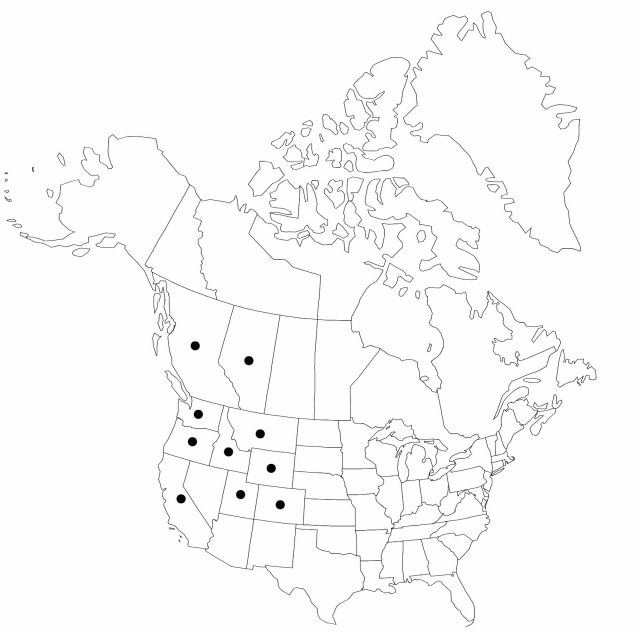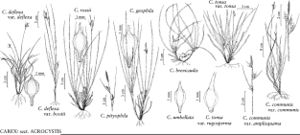Difference between revisions of "Carex deflexa var. boottii"
Mem. Torrey Bot. Club 1: 43. 1889.
FNA>Volume Importer |
imported>Volume Importer |
||
| (2 intermediate revisions by 2 users not shown) | |||
| Line 8: | Line 8: | ||
}} | }} | ||
|common_names=Carex de Boott | |common_names=Carex de Boott | ||
| + | |special_status={{Treatment/ID/Special_status | ||
| + | |code=F | ||
| + | |label=Illustrated | ||
| + | }}{{Treatment/ID/Special_status | ||
| + | |code=E | ||
| + | |label=Endemic | ||
| + | }} | ||
|basionyms= | |basionyms= | ||
|synonyms={{Treatment/ID/Synonym | |synonyms={{Treatment/ID/Synonym | ||
| Line 59: | Line 66: | ||
|publication title=Mem. Torrey Bot. Club | |publication title=Mem. Torrey Bot. Club | ||
|publication year=1889 | |publication year=1889 | ||
| − | |special status= | + | |special status=Illustrated;Endemic |
| − | |source xml=https:// | + | |source xml=https://bitbucket.org/aafc-mbb/fna-data-curation/src/2e0870ddd59836b60bcf96646a41e87ea5a5943a/coarse_grained_fna_xml/V23/V23_1005.xml |
|genus=Carex | |genus=Carex | ||
|section=Carex sect. Acrocystis | |section=Carex sect. Acrocystis | ||
Latest revision as of 20:37, 5 November 2020
Culms often strongly scabrous distally. staminate spikes 6.3–11.3 × 1–2.7 mm.
Phenology: Fruiting early Jun–mid Aug.
Habitat: Dry to moist, sandy, gravelly, or rocky alpine meadows, open mixed and coniferous forests
Elevation: 1300–3400 m
Distribution

Alta., B.C., Calif., Colo., Idaho, Mont., Oreg., Utah, Wash., Wyo.
Discussion
Carex defexa var. boottii is sometimes included in C. rossii. The varieties are said to differ in the degree of spreading of the rhizomes; var. boottii is more cespitose in habit and has stouter rootstocks than var. deflexa. That character varies considerably within each variety, and may be dependent on the compaction and particle size of the soil in which a plant is growing. These taxa clearly form a complex that requires further study.
The name Carex brevipes was first proposed by W. Boott (in S. Watson 1876–1880, vol 2, p. 246) but then withdrawn (p. 485), so was not validly published by him. Subsequent authors used the name, attributing it to W. Boott. It was validly published at species rank by K. K. Mackenzie (1931–1935) and at varietal rank by L. H. Bailey.
Selected References
None.
